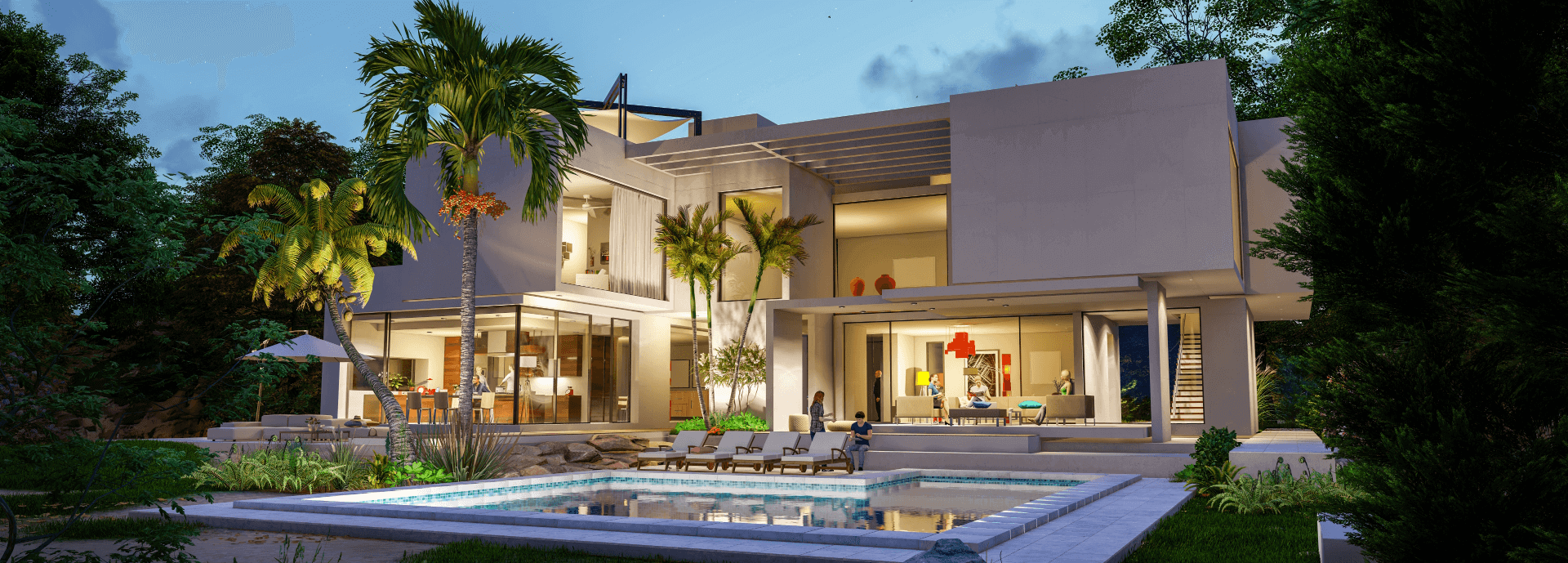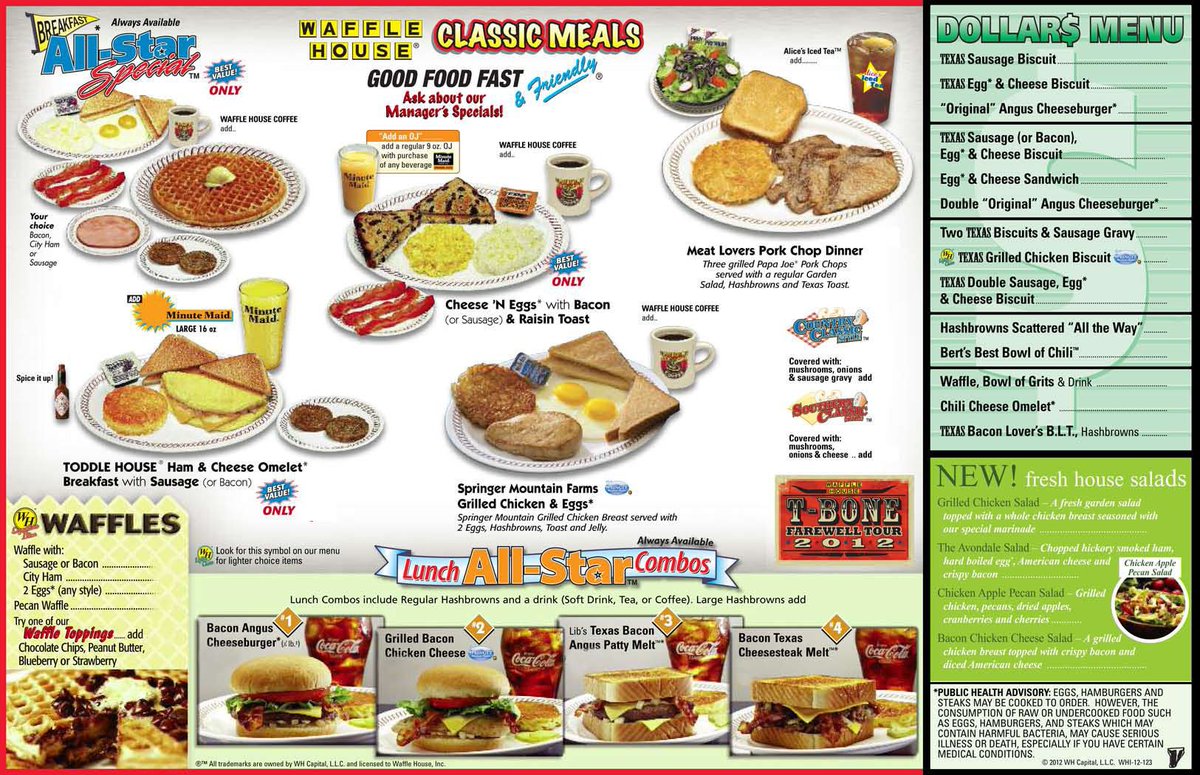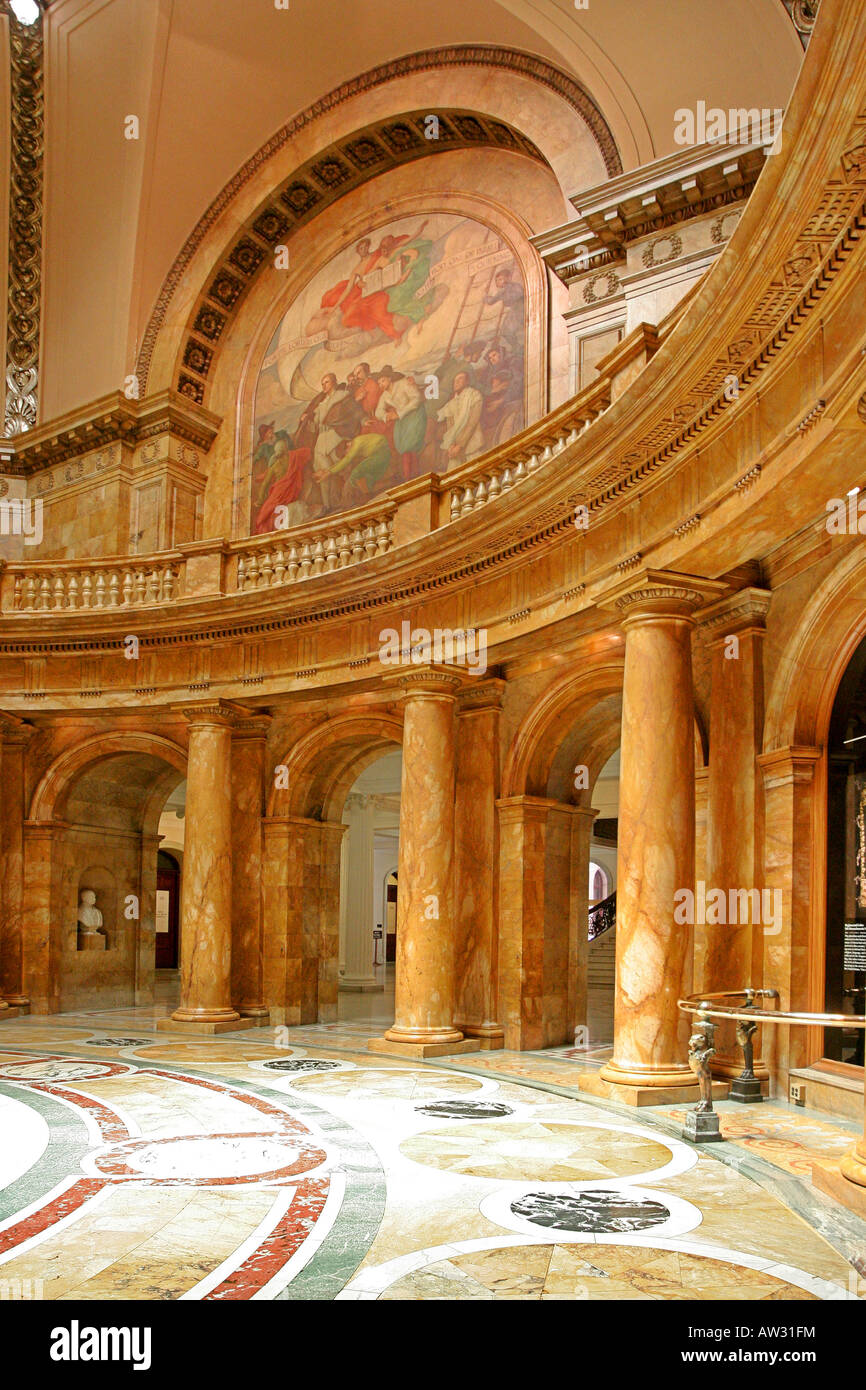Table Of Content
Many four-square craftsman homes feature a front-facing hipped gable with a dormer window to add interest to the roofline. The over-extended eaves of Craftsman roofs lend themselves to having spacious porches on the front of houses, which featured thick, tapered columns along the perimeter. Typically, the exterior of these homes had painted wood siding, but accents of stucco or stone were used fairly often as well—the common theme being an emphasis on earthy tones.
The History of Craftsman-Style Homes
Interestingly, the Arts and Crafts style toned down the intricate ornamentation of the Victorian era, and it helped lead to open floor plans in living spaces. Unlike today’s typical open-plan spaces, they feature distinct living and dining spaces; small eat-in kitchen nooks; and a traditional, human-scaled space plan. Living and dining rooms are typically anchored by one or two fireplaces as central room features, which may be clad in brick or tile. Hipped and gable rooflines along with a welcoming entry porch accentuated with elegant columns grace this 3-bedroom country-style home. The Lewisville home flaunts a country charm with its stark white siding, decorative trims, and a wide front porch topped with three dormer windows.
Designer Holly Gagne Creates a Boutique Retreat - Boston magazine
Designer Holly Gagne Creates a Boutique Retreat.
Posted: Tue, 27 Feb 2024 08:00:00 GMT [source]
What is Craftsman interior style?
We worked through FaceTime and email and they had a local friend who helped manage some of the deliveries and work schedules surrounding the project. However, it is important to remember that if you use wood–especially hollow wood–for your columns, it must be properly cared for or it may attract termites, moisture, or other weather-related problems. Since both the panes slide up and down, you’ll be able to achieve optimal ventilation whenever needed. Unlike other types of windows, double hanging windows don’t crank out nor do they project outwards. Thus, it minimizes the risk of accidents especially in high traffic areas like patios, decks, and walkways.
Bedroom Country Style Single-Story Home with Open Living Space (Floor Plan)
An airplane bungalow is a type of craftsman home that became popular in the 1920s in the United States. These homes feature a characteristic roof shape that resembles the wings of an airplane. Airplane bungalows frequently have a small second-story or dormer window that resembles the cockpit of an airplane, with prominent windows. When it comes to the living space interior design of a Craftsman home, functionality is as important as the handcrafted touches. Yeley notes that elements like stained wood window trim, glass-paneled doors, ample shelves, and built-in storage details all add to the architecture. This 3-bedroom country-style ranch offers a sprawling floor plan perfect for a wide lot.
LOW-PITCHED ROOFS
This emphasis on indoor-outdoor spaces may lead to style features like large windows, glass doors, large, spacious porches, and integration within the landscape. You'll likely find an open living room that connects to a dining or multi-use space, and a smaller kitchen toward the rear of the house. The use of natural materials continues inside the home, with accents of handcrafted stone or wood and built-in architectural features like shelves, seating, and cabinetry. Craftsman houses utilized open floor plans long before they were cool, emphasizing practical design that not only allows their owners to easily move about, but also to keep it well-lit and climate-controlled. Craftsman-style homes feature a type of architecture that came from the Arts and Crafts movement of the mid-19th century.
The columns holding up the awning are tapered at the top, and the wide bases of these supports add to the overall sturdy aesthetic. Typically there are brick or cement steps leading up to the covered porch. Foursquare craftsman homes are a combination of American foursquare and craftsman-style architecture.
Many of the Craftsman homes are bungalows or 1.5-story homes with covered front porches. “The style is abundantly unique with exposed beams, stained wood trim and doors, long overhanging eaves, low sloped roofs, and often a combination of painted wood and stucco exteriors,” Grochowski says. Built-in seating and nooks, abundant paneling, and plenty of other woodwork detail cement the Craftsman home design.
Country Style 3-Bedroom Single-Story Cottage for a Narrow Lot with Front Porch and Open Concept Design (Floor Plan)
A well-maintained design will still bear its earthy, neutral exterior colors, and sometimes feature stone, brick, or stucco accents alongside its primary wood siding. Many craftsman homes feature dormer windows that break the continuous roof line. Mission Revival homes draw inspiration from Spanish Missions built between 1769 and 1823 in California. However, they share much in common with craftsman homes, including low-pitched gables, hipped roofs, wide eaves, and earthen materials. The American Foursquare was a late 19th-century transitional style linking the taller homes of the Victorian era with the horizontal homes of the craftsman era. The telltale signal is the home’s symmetrical, boxy design, with each floor having four rooms.

Tapered Columns and Pedestals
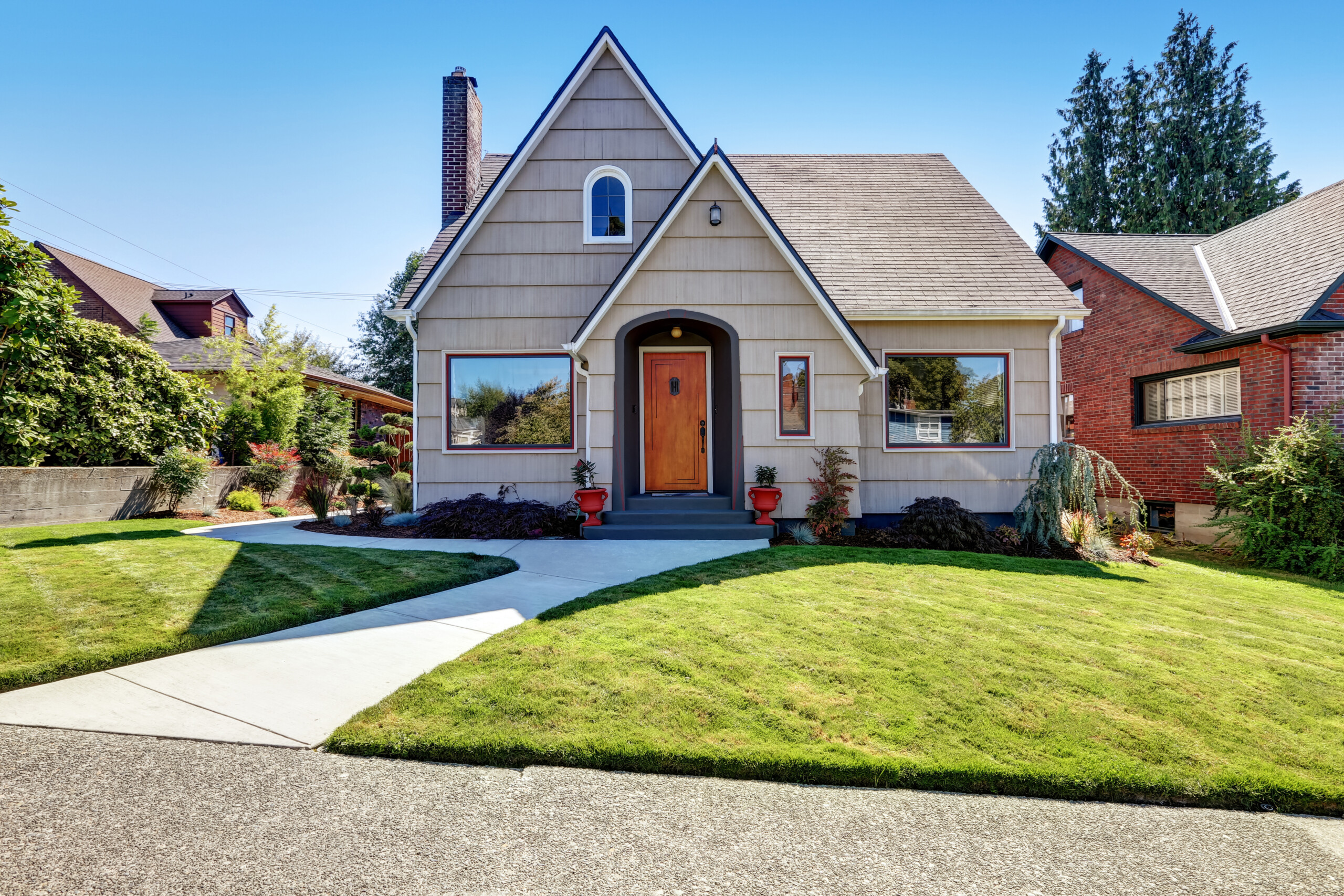
The Arts and Crafts Movement emerged in the United States in Boston in the 1890s. Using medium to dark-stained wood on the interiors lends Craftsman interiors a traditionally masculine feel. Given how popular these homes now are, it is little surprise that people are snapping them up as they sense an opportunity to earn a nice return on investment when they do so. Make sure you are prepared for the competition that is out there if you are to decide to get involved with a Craftsman home.
Craftsman bungalows can share many of the characteristics of cottage-style homes. Here, colorful flowers in window boxes dress up the exterior of this quaint Craftsman cottage. A renovation of this home also included cedar shingles, copper gutters, and shutters to restore the house to its former Arts and Crafts styling. This embrace of the handcrafted aesthetics of a pre-industrial world didn’t make its way to the United States until the turn of the 20th century. It became popularized by a magazine called The Craftsman, which sold residential blueprints by famed Arts and Crafts furniture designer Gustav Stickley. Stickley’s simple designs stood in stark contrast to the ornate Victorian styles that were popular at the time, and soon enough, an American design movement was born.
The dining room eat-in nooks and plenty of other built-ins, as well as stained wood trim, echo the aesthetics. “The elaborate detail of exterior rafter ends and brackets also drive up the costs of a true Craftsman home,” Yeley adds. A Craftsman house is a popular American home style that emerged from the American Craftsman movement of the turn of the 20th century. It spanned everything from architecture to interior and landscape design, in addition to applied and decorative arts.
That is very important because some people are literally physically incapable of doing so, and it is nice for them to have a space to live that accommodates for that. 'We kept the wood ceiling intact and contrasted the dark woods with the creamy white color we used throughout the home to make a peaceful retreat for the parents,' says Jamie. Other dining room ideas include introducing a soft bronze chandelier with delicate features and hanging tonal pinky beige gauze sheers to filter the light. 'The project took about three months, which is very quick, especially considering it was pretty locked down at the time.
The term 'Craftsman' was originally coined by Gustav Stickley of Stickley Furniture, in his then-published magazine The Craftsman. Midway through the 19th century, after decades of seeing the Industrial Revolution radically transform the world, the Arts and Crafts Movement began. British architects and artists began to push back against the design and inferior quality of mass-produced goods, and the ideals quickly spread to the United States. Los Angeles, San Diego, and the surrounding areas have thousands of California bungalows with “Bungalow Heaven” now a landmark district in Pasadena.
We love the use of wood and stone and the steep vaulted ceilings that fill the house with warmth and character. A bright exterior paint color adds to the distinctive look of the Craftsman, but this house would look great in pretty much any color. A well-placed window box or an authentic period porch light can provide a focal point that sets the tone for a Craftsman-style home. Garage doors can also enhance the classic Craftsman styling, as seen with this charming exterior. Recessed panels in the garage doors mimic those in the front door, calling attention to the home's entry and lending a welcoming overall look.





